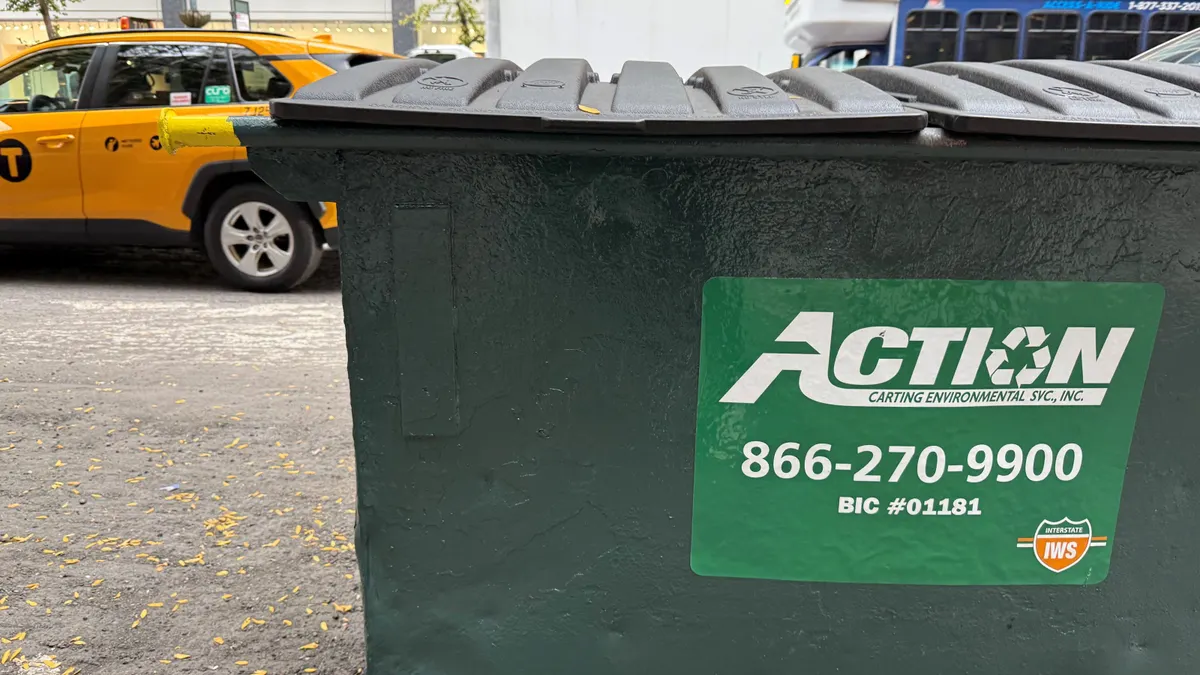Dive Brief:
- Researchers at the University of Florida have developed a process to convert human solid waste into fuel for space shuttle missions.
- NASA approached the university because the agency intends to launch a shuttle with astronauts that will live on the moon for five years. The volume of waste produced over that period would be too much to deal with, prompting the search for a creative solution.
- Shuttles generally use liquid hydrogen and oxygen to operate. Over the past few years, researchers have started experimenting with methane as an alternative fuel source.
Dive Insight:
The scientists worked to determine the amount of methane potentially derived from waste to assess if enough methane would be produced to fuel the shuttle. They also created an anaerobic digester that destroys pathogens in the waste, then breaks down the organic matter, resulting in methane and carbon dioxide.
Scientists determined that the astronauts would create enough methane to fuel the shuttle’s return trip to earth. The process could also conceivably create non-drinkable water for one year, which can then be used to produce oxygen via electrolysis.
This isn't the first time scientists have experimented with waste as a rocket fuel source. In April, researchers from the University of Puerto Rico experimented with the use of urine from astronauts as a source of fuel and drinking water during space journeys.
Both groups of researchers also concluded that the discoveries could be used for practical solutions on Earth.









